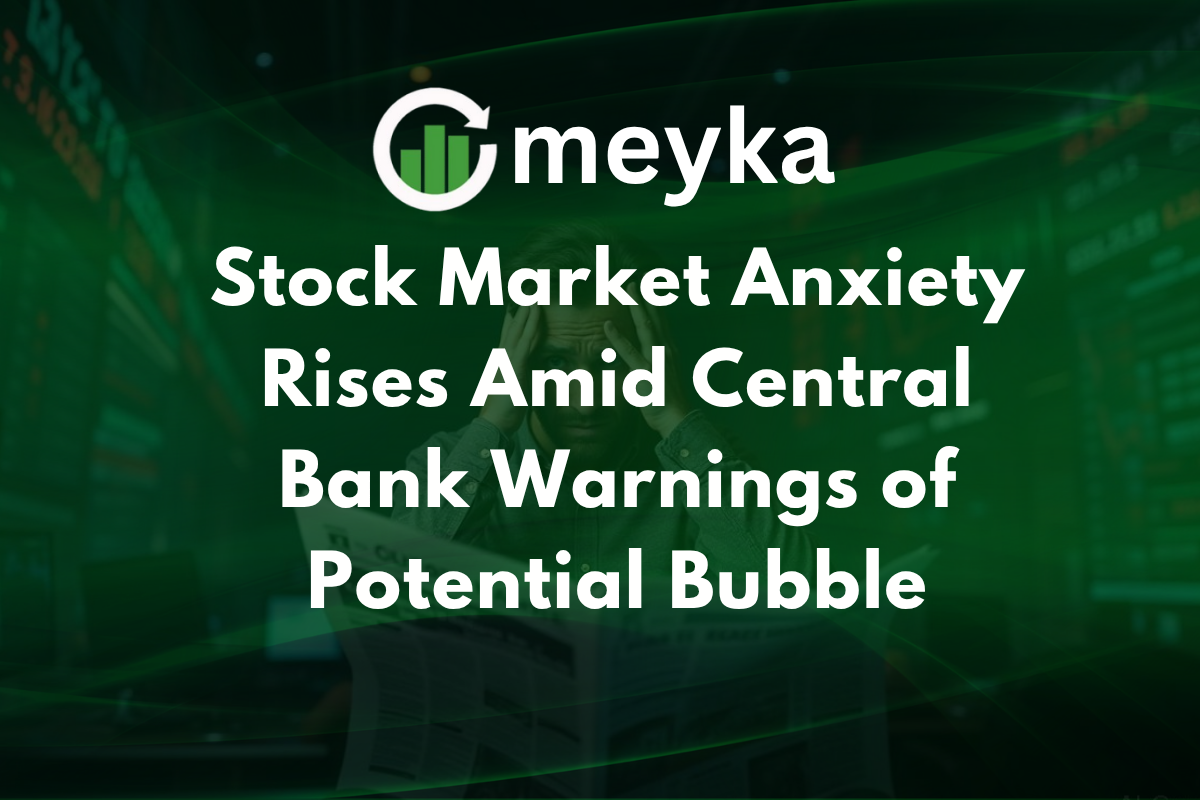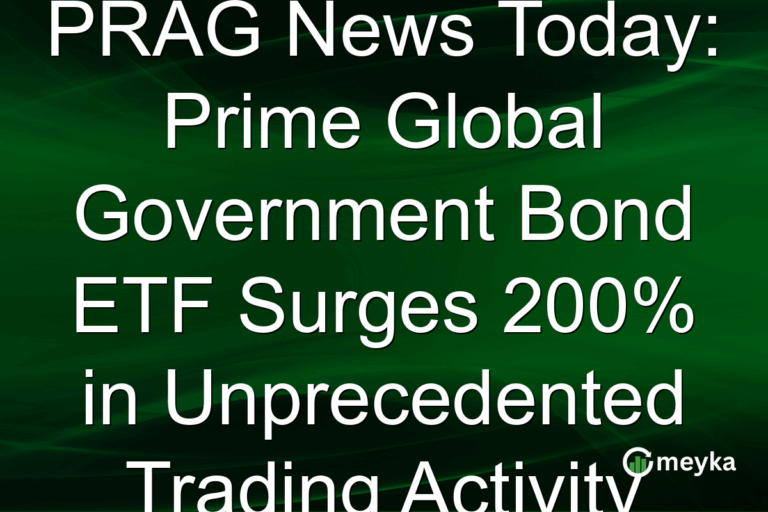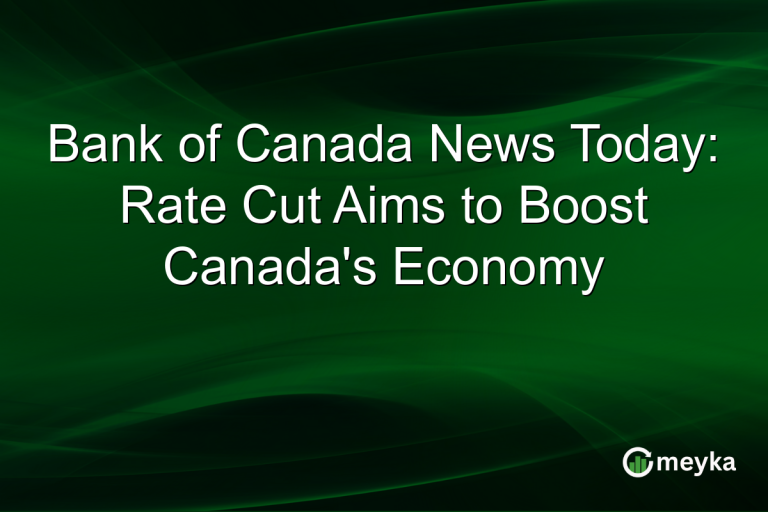Stock Market Anxiety Rises Amid Central Bank Warnings of Potential Bubble
Global stock market sentiment is turning cautious. Central banks and the IMF have raised fresh alarms about rapid price gains in AI and tech stocks. Investors are asking whether the rally is healthy innovation or a bubble built on speculation.
This article breaks down the warnings, the history, market data, and what investors should watch next.
Stock Market: why central banks are sounding the alarm
The Bank of England flagged rising valuations tied to AI-related stocks in its recent financial stability review. Regulators worry that quick gains, heavy leverage, and algorithmic trading can amplify losses when sentiment shifts. The IMF echoed the caution, noting large capital flows into a narrow set of tech names and funds.
Why are central banks warning investors now? Because the pace of price rises, especially in AI leaders, looks disconnected from broader economic growth. That gap can create fragile market conditions.
Hearing these warnings, traders stepped back. Volumes thinned, and volatility ticked up on major indexes. News outlets reported the concerns, and investors reacted quickly.
Quick fact
The IMF and Bank of England pointed to concentrated flows into AI and related tech stocks as a key risk for market stability.
Stock Market: historical echoes and new risks
Some commentators drew parallels to past bubbles. Andrew Ross Sorkin and other analysts warned that certain patterns resemble earlier manias. The comparison is not exact, but the parallels are worth noting.
How does today compare to 1929 or 2000? Then, optimism outpaced fundamentals. Now, algorithmic trading and retail platforms mean prices can swing faster. Leverage and derivatives amplify moves today more than in past cycles.
A post on social media by @maddox_metrics pointed out that retail enthusiasm in AI stocks resembles earlier FOMO patterns. That kind of pattern can accelerate corrections.
Stock Market: How AI stocks drive volatility
AI-related companies have led recent gains. Big-cap names drew the majority of inflows. That concentration raises systemic risk because a correction in a few names can drag broader indexes down.
Is AI helping or hurting market stability? AI can improve risk models and liquidity. But it can also speed panic selling when algorithms react to price moves.
That double edge is central to current warnings. The Bank of England report highlighted algorithmic channels as a key transmission path for risk.
Market participants also use advanced analytics to track flows. AI Stock research tools help spot concentration and sentiment fast. Still, human oversight remains important.
Stock Market: What top institutions are saying
Major financial institutions are more cautious now. Analysts at Goldman Sachs and JPMorgan flagged stretched valuations in tech-heavy indexes. Their notes say earnings justify some gains, but not all of them.
The IMF suggested that if central banks raise rates further, growth stocks could be especially vulnerable. CNBC coverage summarized how international bodies and banks urged measured steps to avoid market overheating.
A tweet by @Peter_thoc noted that central bank caution is already spooking some traders, especially in AI-related sectors. That social reaction can itself add pressure on prices.
Stock Market: investor psychology and behavior
Psychology matters. When investors fear missing out, they bid prices up. When central banks warn, the mood flips. Retail traders may exit quickly. Institutions may hedge. The result is a feedback loop that boosts volatility.
Should retail investors sell now? Not necessarily. Most experts advise checking goals, risk tolerance, and time horizon first. For long-term investors, a healthy correction can be a buying opportunity. For short-term traders, risk management is key.
Stock Market: data snapshot and market signals
In the days after the warnings, major indexes showed mild pullbacks. Tech led the decline. Volatility indexes rose modestly. Market breadth narrowed, meaning fewer stocks carried the market gains.
Policymakers warn that narrow rallies driven by a few names make the market fragile. They urged better transparency in algorithmic trading and improved oversight. These measures aim to reduce flash corrections and systemic contagion.
Stock Market: the role of algorithms and hedging tools
Algorithms now dominate many trading desks. They can reduce human bias, but they follow rules. When signals flip, many systems can sell at once. That synchronized action can deepen moves.
Traders and firms are using AI Stock Analysis to model how algorithmic reactions might cascade. These simulations help set hedges and guardrails. Still, models cannot foresee every black swan.
Stock Market: scenarios and what to watch
There are two main scenarios. One, a soft landing where central banks temper rhetoric and growth holds. Stocks stabilize and modest gains resume. Two, a sharper correction if rates rise and liquidity tightens, leading to a broader selloff.
Key indicators to watch include: U.S. Treasury yields, central bank communications, breadth measures, and the behavior of top AI and tech names. Also watch margin debt and derivatives activity for signs of leverage stress.
Stock Market: advice for investors
Stay calm and focus on fundamentals. Rebalance if allocations have skewed too heavily toward a few sectors. Use stop losses and size positions to limit downside. For long-term goals, keep perspective and avoid panic selling. For traders, employ scenario plans and watch liquidity closely.
Will warnings trigger a crash? Experts say a crash is not inevitable. Warnings aim to cool froth early. But if markets misread signals and liquidity dries up, corrections can become severe. Caution and planning matter now more than ever.
Stock Market: policy responses and the outlook
Policymakers are not powerless. They can enhance oversight of algorithmic trading, improve transparency for derivative markets, and communicate clearly about policy paths. Those steps can smooth markets.
The outlook will depend on central bank actions and the economy’s ability to absorb higher rates. If growth remains resilient and earnings support prices, then valuations can be justified. If not, the market may reprice quickly.
Conclusion: Balancing innovation and caution in the stock market
The stock market faces a test of balance. AI and tech drive powerful gains and genuine productivity shifts. At the same time, concentrated flows and algorithmic trading raise new risks. Central bank and IMF warnings are a reminder to weigh optimism against fundamentals.
For investors, the best path is clear thinking: manage risk, diversify, and keep a long-term view while watching short-term signals closely.
FAQ’S
When you lose money in the stock market, the money doesn’t disappear, it goes to the investor or trader who sold their shares before the price fell. It’s a transfer of value between buyers and sellers based on market timing.
On average, the US stock market takes between six months and two years to recover after major downturns, though recovery speed depends on the economy, interest rates, and investor confidence.
A stock market bubble usually bursts when prices rise far beyond real value and investors lose confidence, leading to panic selling and rapid price drops across sectors.
You may not be making money in the stock market due to poor timing, lack of diversification, emotional trading, or holding overvalued stocks during volatile periods. Consistent strategy and patience are key.
Disclaimer
The above information is based on current market data, which is subject to change, and does not constitute financial advice. Always do your research.






